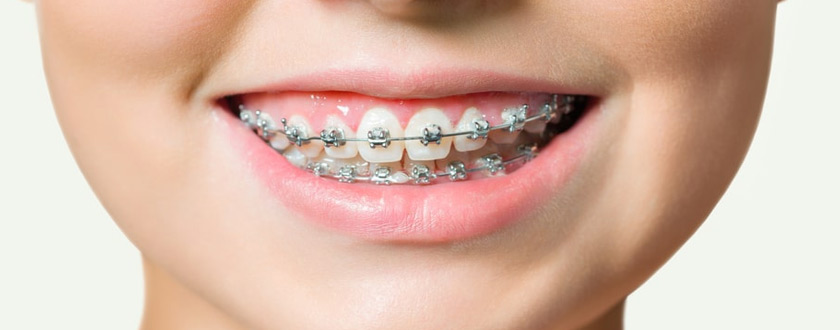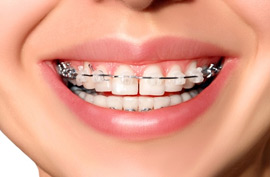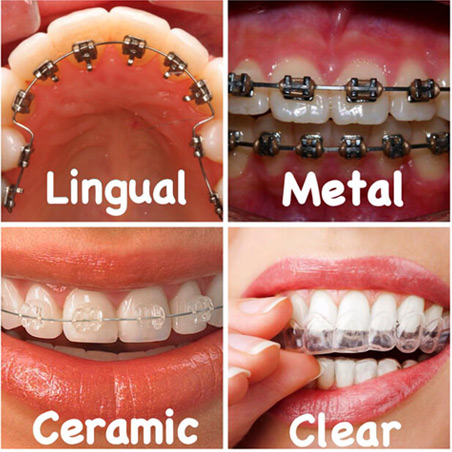
Dental Braces
Braces are dental tools that help correct problems with your teeth, like crowding, crooked teeth, or teeth that are out of alignment. Many people get braces when they’re teenagers, but adults get them too. As you wear them, braces slowly straighten and align your teeth so you have a normal bite. Some people get braces to adjust their smile.
If you have crooked teeth and/or a misaligned bite (an underbite or overbite), there are a variety of treatments that can help straighten teeth, including braces and retainers, custom-made, removable or fixed tools that cover the outside of your teeth and help keep them in position. Learn more about how to tell if you have an overbite.

Braces are the most popular way to straighten teeth and correct misaligned bites in children. They’re not the shiny mouthful of metal of years past. Many more options are now available.
If braces are indeed the solution for you, the dentist or orthodontist will prescribe an appliance specific for your needs. The braces may consist of bands, wires, and other fixed or removable corrective appliances. No one method works for everyone.
- Metal/traditional bracesTraditional braces are made of metal. They include brackets that are attached to the front of your teeth or bands that fit around each tooth, as well as flexible wires or arch wires that hold the brackets or bands together. Some braces also include rubber bands or metal ties that link the brackets to the wire. These bands create more pressure to help straighten and align your teeth. Sometimes, your orthodontist will have you wear a device called headgear at night. It provides added pressure to help straighten your teeth. You can put it on and take it off.
- Ceramic braces:: The brackets in traditional braces are now also made in tooth-colored ceramic, so you don’t notice them as much. They can also be made with stainless steel, clear materials, or gold.


- Lingual bracesThe brackets on these braces are attached to the backs of your teeth, facing your tongue. Lingual braces are harder to see.
- Clear aligners:You might also hear them called invisible braces. These are clear plastic trays that fit snugly onto your teeth. They use pressure to gently move your teeth into the correct positions and straighten your smile. You remove the aligners to eat, brush, or floss, but you should keep them in at least 22 hours each day for them to work. The orthodontist may also place tooth-colored attachments onto your teeth to hold the aligners in place. Find more information on dental aligners and how to straighten teeth at home.